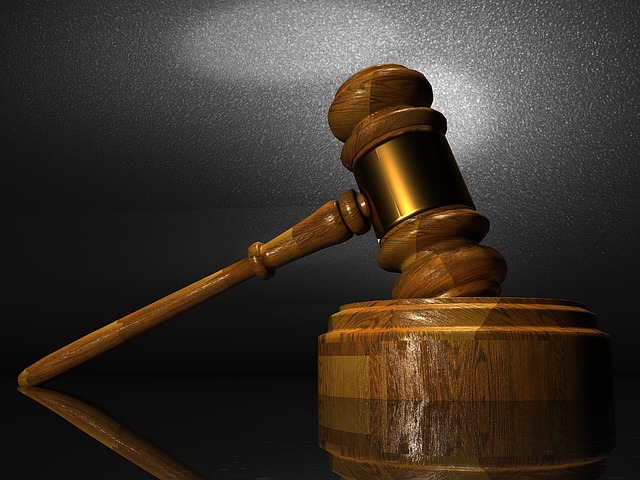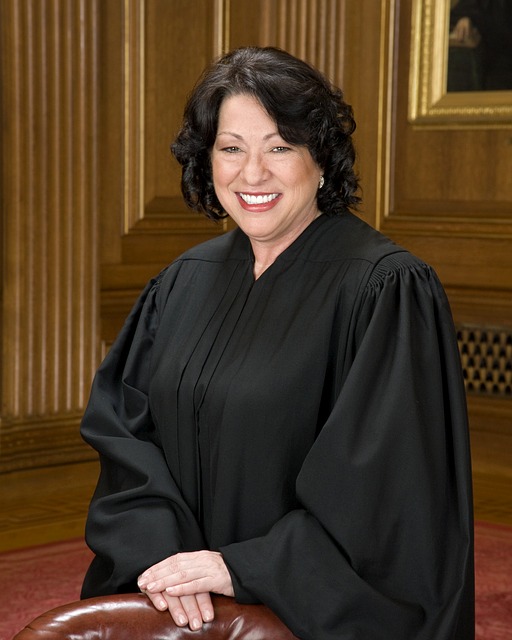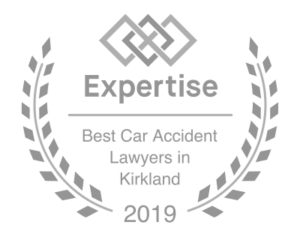
Settling a personal injury case requires understanding how an insurance company views a personal injury risk. This is what I have learned in dealing with insurance companies
Two Values. A personal injury case has two values. One, the most the insurance company will pay for the case. Two, the amount a jury will award for the case. When we settle a personal injury case we make sure our client receives the most the insurance company will pay for the case short of a jury verdict.
How the Insurance Company Decides Value. Most insurance companies evaluate case value like they set premiums-based on statistics and risk. They evaluate the injured person. The more solid and appealing the person the better the case. They evaluate the mechanism of the injury. The more clear cut and understandable the better the case. They evaluate past and future medical treatment. The more medical doctor treatment and clear future treatment the better the case. They evaluate economic past and future loss looking for documentation that supports the loss. Most insurance companies have a more difficult time with general damages such as pain and suffering, disability, loss of enjoyment and disfigurement. This is why the lawyer is important.
The Lawyer. The insurance company evaluates the lawyer who has the case. The more likely the lawyer is to try a case the more risk the insurance company sees. A trial lawyer presents risk-the risk a jury will like the case with a verdict more than the mean result.
Offering Mean Value. Based on their evaluation, the insurance company arrives at a bell curve value. The bell curve is the result of insurance calculations on the range within which the jury will award the majority of the time. There is low range and high range value within this bell curve. The insurance adjuster is given authority to settle within this range and this is where the final offer will be. The first offer will be low and the negotiation goes from there.
He Who Speaks First Loses. After the insurance adjuster has evaluated the claim and received his authority he contacts the plaintiff lawyer with the insurance company’s first offer. This is often low and it is less than the insurance company will ultimately pay. This is where the negotiation starts- the high of great day jury value against the low of a minimal jury result. In negotiating with the adjuster we know the reasonable settlement value of the claim. Reasonable settlement value is the amount a jury will most often award for the case. The key is to get all of the adjuster’s authority (which is the most the insurance company will pay) and then determine if this is within the average jury range.
In getting there remember the maxim-He Who Speaks First Loses. Put simply when negotiating always remain silent after presenting an offer or counter offer. Resist all temptation to keep talking after giving your number. Do not say anything until the adjuster gives his next number.
Decline the Low Ball. Some insurance companies, particularly in a difficult economic climate, will never get to a fair settlement proposal. Often these companies have a corporate policy of using an impersonal computer evaluation that dictates a low ball offer the adjuster is stuck with. Knowing fair settlement-the amount a jury will usually pay-allows for recognition of a low ball unacceptable offer. When this occurs we advise our client to decline the offer and try the case.
Post Footer automatically generated by Add Post Footer Plugin for wordpress.

 The next posts under the topic “How I Practice Law” discuss the settlement of a personal injury case.
The next posts under the topic “How I Practice Law” discuss the settlement of a personal injury case. Unfair
Unfair Often I see inquiries from lawyers asking how to deal with a particular judge. Having been a United States Federal District Court Law Clerk for my first two years as a lawyer, and having appeared before judges hundreds of times, I am amazed when a lawyer asks about dealing with a particular judge. This post discusses my maxims as far as dealing with any and all judges.
Often I see inquiries from lawyers asking how to deal with a particular judge. Having been a United States Federal District Court Law Clerk for my first two years as a lawyer, and having appeared before judges hundreds of times, I am amazed when a lawyer asks about dealing with a particular judge. This post discusses my maxims as far as dealing with any and all judges. The full commandment is Thou Shalt Not Dwell on the Trees Rather than the Forest. Sadly this is a disease many lawyers catch. It is often seen in young lawyers, and in lawyers billing on an hourly basis, but it is not confined to these lawyers. The disease continues throughout the career of abusive lawyers who use incessant dwelling within the trees to wear down an opponent.
The full commandment is Thou Shalt Not Dwell on the Trees Rather than the Forest. Sadly this is a disease many lawyers catch. It is often seen in young lawyers, and in lawyers billing on an hourly basis, but it is not confined to these lawyers. The disease continues throughout the career of abusive lawyers who use incessant dwelling within the trees to wear down an opponent. As a trial lawyer representing injured people I must file cases more often than not to get fairness. In today’s economic climate many insurance companies are giving low ball settlement offers which a weak lawyer who cannot try a case will convince his client to accept or a client in economic hard times will take. Since I have an obligation to get fairness for my client I proceed to trial rather then take the low ball offer.
As a trial lawyer representing injured people I must file cases more often than not to get fairness. In today’s economic climate many insurance companies are giving low ball settlement offers which a weak lawyer who cannot try a case will convince his client to accept or a client in economic hard times will take. Since I have an obligation to get fairness for my client I proceed to trial rather then take the low ball offer. Recently I heard a former Blue Angel, Rear Admiral William Newman, speak. In 1978/79 Admiral Newman was the Commanding Officer/Flight Leader of the Blue Angels. The leader is called “The Boss.” He is responsible for calling by radio the flight moves. This is done as the planes are flying next to each other at over 450 mph.
Recently I heard a former Blue Angel, Rear Admiral William Newman, speak. In 1978/79 Admiral Newman was the Commanding Officer/Flight Leader of the Blue Angels. The leader is called “The Boss.” He is responsible for calling by radio the flight moves. This is done as the planes are flying next to each other at over 450 mph.